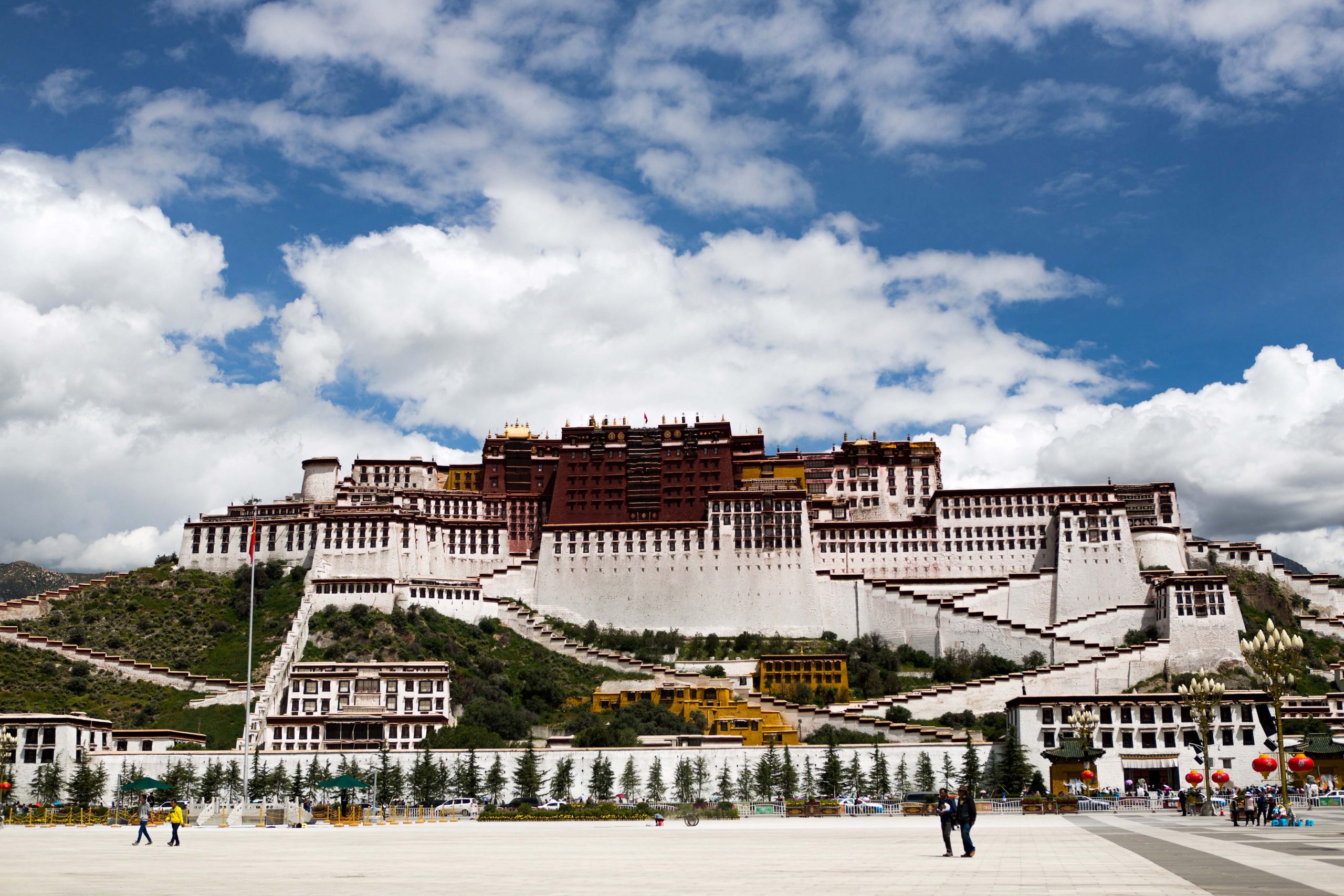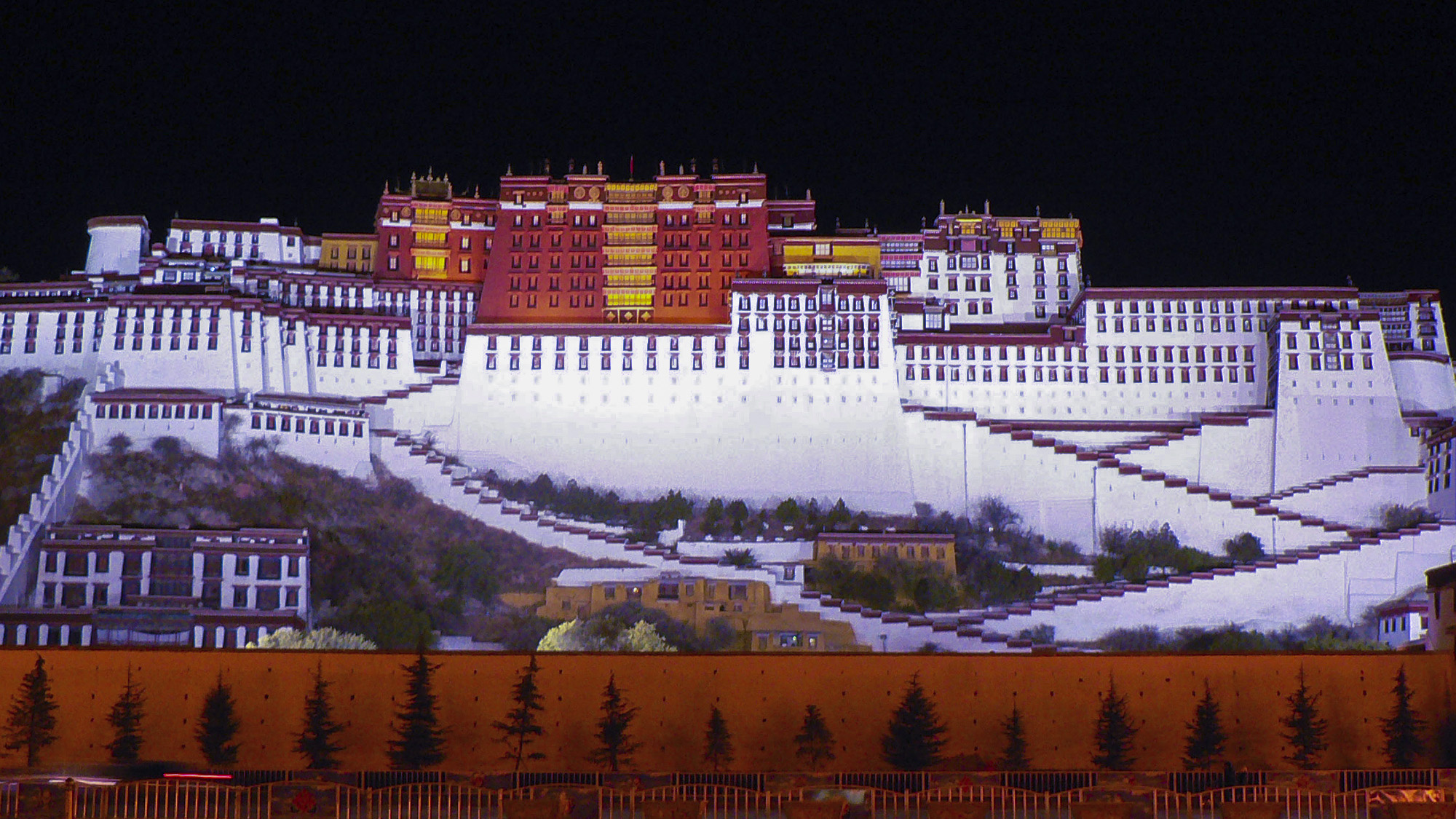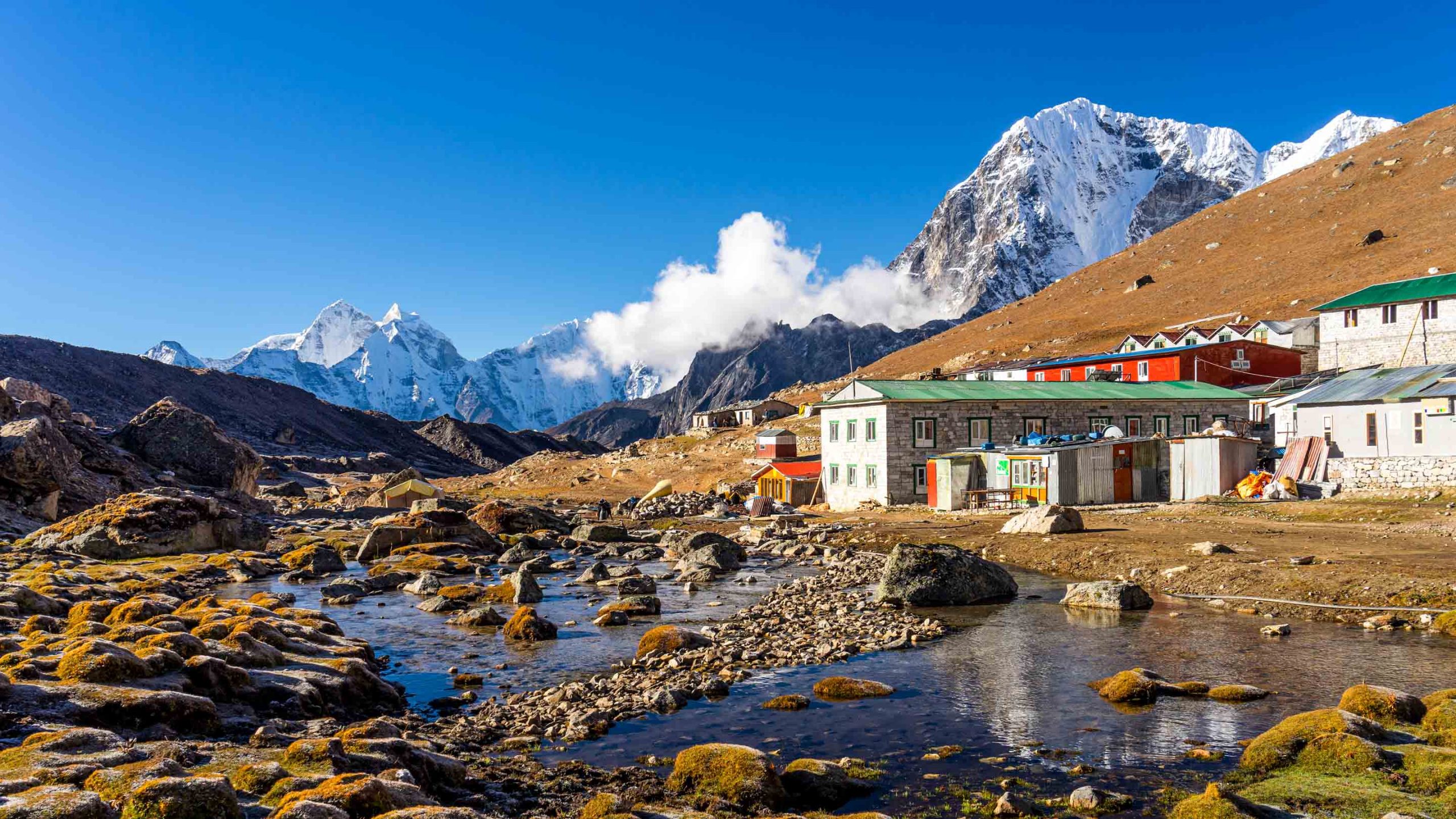Tibet is an autonomous region inside the continent of China, on the Tibetan plateaus of Central Asia. It borders the Chinese Provinces and southern Nepal, India, Bhutan.
A land of hidden spirituality is home to typical cultural traditions and incredible natural scenery.
Quick Facts:
- Tourists were first permitted to visit Tibet in the 1980s.
- Tibet is considered one of the most secluded regions on earth.
- Buddhism is the foundation of Tibet’s culture and everyday life.
- You can legally bring in or take out ¥20,000 in Chinese currency and must declare any cash amount exceeding US$5000 or its equivalent.
- To get Tibet, you need a Tibet Tourism Bureau permit, and for this, you must book a guide for your entire trip and pre-arrange private transport for trips outside Lhasa.
- Travel outside Lhasa requires additional permits, arranged in advance by your tour company, so you have to decide your itinerary beforehand.
- Foreigners are not allowed to take public transport outside Lhasa.
- When entering Tibet from Nepal, you have to travel on a short-term group visa, which makes it tricky to continue into the rest of China.
Passports
- Chinese embassies will not issue a visa if your passport has less than 6 months of validity remaining.
Arranging Visas in Kathmandu
The Chinese embassy in Kathmandu does not issue visas to individual travelers, only to those booked on a tour and then only paper group visas (not a stamp in your passport). If you turn up with a Chinese visa in your passport, it will be canceled.
To get the Tibet Group Visa, you should have at least three working days for processing. The embassy needs your original passport, so you need to have four/five days in Kathmandu before your Tibet trip.
Group visas are issued for the duration of your tour. If you are continuing on to China after your tour you can request your own individual 30-day group visa.







